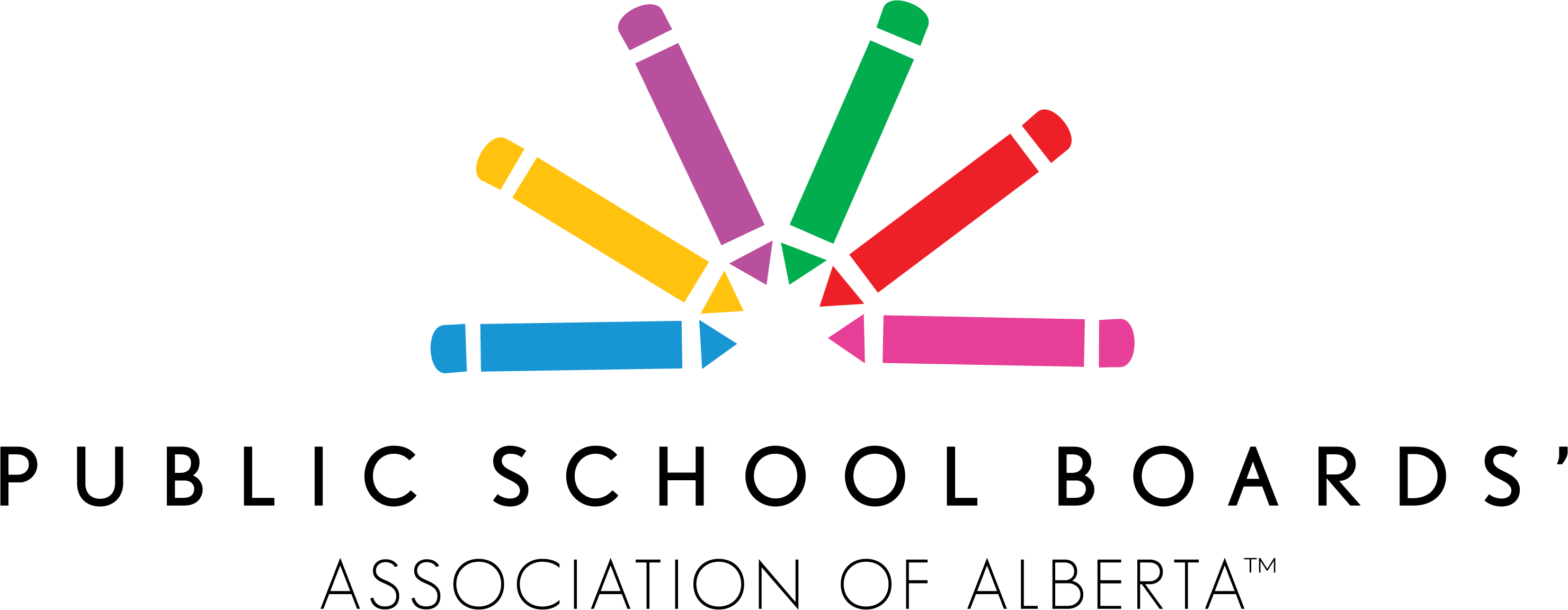December 12, 2019
PSBAA President Cathy Hogg responds to MLA Drew Barnes’ Twitter post
A recent Twitter post by MLA Drew Barnes brought attention to a Dec. 10th article in the Financial Post entitled, “A tale of two Alberta towns…”. The reporter contrasted the economic growth of Grande Prairie and the downturn on Medicine Hat. The reporter wrote of the vitality and growth in Grande Prairie resulting in the construction of a new hospital and the attraction of expanding retail operations and the constant business of this city of 69,000. While the reasons for its economic boom are varied, the Mayor Givens concedes, “Look, the thing is, maybe in the short term we lose our population when these booms die off…but we still have a long-time horizon left…”.
In contrast, Medicine Hat’s population of 63,000 is depicted as mired in an economic slump; shops are on reduced hours or closed. Medicine Hat Mayor Clugston has seen the downturn close most of the gas wells and unemployment reach 10%. He has seen revenues dry up and folks lose their jobs. He acknowledges that the city has been hanging on for the past five years and that the boom times are not coming back. Despite tough economic times he looks to the future with plans to support diversification and business opportunities that will grow on a more modest rate.
Mr. Barnes, as I read the article you shared and as a public school trustee, my mind immediately saw the parallel between their realities and the ones we face in education. My heart went immediately to our parents, communities and the children in our care.
I asked myself how, on the one hand, can so many be concerned about our children inheriting the debt of the province and not be equally concerned about their equitable access to educational opportunities that ensure they will be fully prepared to take over as our future leaders, regardless of their circumstances of birth or where they reside in the province.
This brings me to the current state of education in the province. While some urban boards are reporting student growth with its attendant challenges, many rural communities are seeing a decline in their student populations. Under these conditions, schools cannot be built fast enough in our cities, while there are school closures in smaller communities, leading to longer bus riding times. More and more rural students cannot access the courses and alternate programs available to their urban counterparts.
All this comes at a time when Albertans are asked to consider expanding the multiple systems that currently exist. There is no promise of fiscal supports for any expansions so we ask the question, “Where will the required new resources come from?” Our province is undergoing significant economic and social adjustments. Families and communities are under unheard of stress. Is now the time to expand, when we are hard pressed to support our current multiple education systems?
Locally elected school board trustees are hard at work within their communities, listening to parents and their community leaders and making the best decisions they can under the current budget realities. In cases like Grande Prairie it might be somewhat easier for a school board to chart a plan based on growth; the opposite is also a reality for our rural colleagues. In both cases and, in fact, all cases, school boards across the province are under financial pressure due to a reduction in education funding. Is it not the time to regroup and make the adjustments required for today’s daily operations?
It might also be the time to cast our thoughts down the road just a bit and develop a vision of our future goals for our children’s future and the education system we desire in the future. The current system is the result of past thinking. A preferred future will call for us to think differently.
